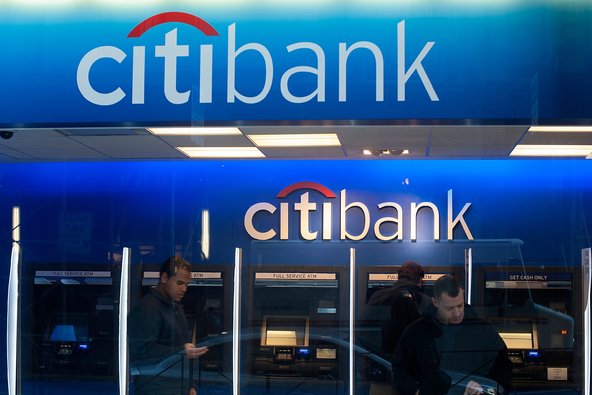In addition, the company, which makes Pepsi-Cola, Frito-Lay snacks and Tropicana juices, cited a lower tax rate and a $137 million gain related to refranchising its bottling operations in Vietnam.
A J. P. Morgan analyst, John Faucher, said those issues made the results look better than they were.
“The headline is much better than the net result,” Mr. Faucher said.
The smaller soft-drink company Dr Pepper Snapple Group also released results on Wednesday, saying profit fell on weak sales volume.
A week ago, Coca-Cola reported disappointing sales, blaming poor weather. Nelson Peltz, an activist shareholder, said that PepsiCo should buy Mondelez International, maker of Oreo cookies, and split off its soft-drink business.
Despite the numbers, PepsiCo stood by its outlook for 2013, which calls for earnings growth of 7 percent.
Net income was $2.01 billion, or $1.28 a share in PepsiCo’s second quarter, up from $1.49 billion, or 94 cents a share a year earlier.
Excluding items like restructuring and integration charges, earnings were $1.31 a share. On that basis, analysts on average were expecting $1.19 a share, according to Thomson Reuters.
Net revenue rose 2 percent, to $16.81 billion, topping analysts’ estimate of $16.79 billion.
On the food side, volume in the Americas rose 2 percent. In Latin America, it gained 1 percent, while in North America, it rose 3 percent for Frito-Lay and 1 percent for Quaker Foods. Snack volume increased 3 percent in Europe and 6 percent in the Asia, Middle East and Africa segment.
On the more challenged drinks division, volume in the Americas fell 3.5 percent, was flat in Europe and rose 9 percent in Asia, the Middle East and Africa.

Article source: http://www.nytimes.com/2013/07/25/business/pepsico-profit-climbs-despite-weakness-in-soft-drinks.html?partner=rss&emc=rss
